LOST WITHOUT THE RIVER


Copyright Barbara Hoffbeck Scoblic
All rights reserved. No part of this publication may be reproduced, distributed, or transmitted in any form or by any means, including photocopying, recording, digital scanning, or other electronic or mechanical methods, without the prior written permission of the publisher, except in the case of brief quotations embodied in critical reviews and certain other noncommercial uses permitted by copyright law. For permission requests, please address She Writes Press.
Published 2019
Printed in the United States of America
ISBN: 978-1-63152-531-5
ISBN: 978-1-63152-532-2
Library of Congress Control Number: 2018957239
For information, address:
She Writes Press
1569 Solano Ave #546
Berkeley, CA 94707
Interior design by Tabitha Lahr
She Writes Press is a division of SparkPoint Studio, LLC.
All company and/or product names may be trade names, logos, trademarks, and/or registered trademarks and are the property of their respective owners.
Excerpt from Found Them Locked Together, Frozen and Other Stories by W. P. Arndt in All Hell Broke Loose, edited by William H. Hull, copyright 1985 (Edina, MN: Stanton Publication Services). Reprinted with permission of Pauline Conn, Judy Lindberg, and Thunder Bay Press.
Photograph of the Upper Minnesota River Basin by Dennis Skadsen of the Northeast Glacial Lakes Watershed Project. Used with permission of Dennis Skadsen.
Excerpt by Hisham Matar from The Return: Fathers, Sons and the Land in Between (New York: Random House, 2016), page 4.
Names and identifying characteristics have been changed to protect the privacy of certain individuals.
To my sons, Peter and Stephen
And in loving memory of my husband, Joseph M. Scoblic,
and my parents, Myrtle and Roy Hoffbeck
The past is never dead. Its not even past.
William Faulkner

CONTENTS

MAP OF SOUTH DAKOTA

Roy Hoffbeck met Myrtle Chaussee in Brookings, South Dakota. They were married in Pierre, traveled to the Black Hills for their honeymoon, and immediately moved to a farm south of Big Stone City.
MAP OF THE FARM
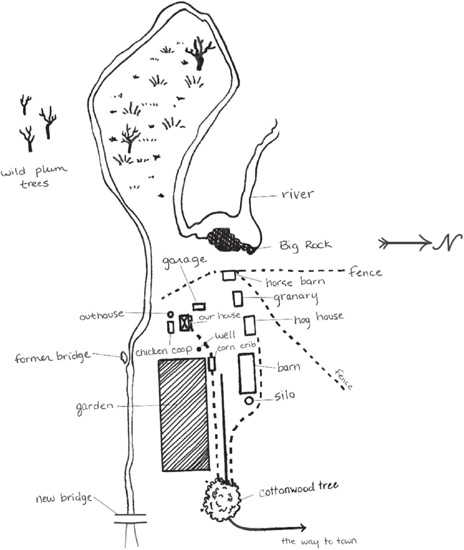
Northeast South Dakota Glacial Lakes Watershed
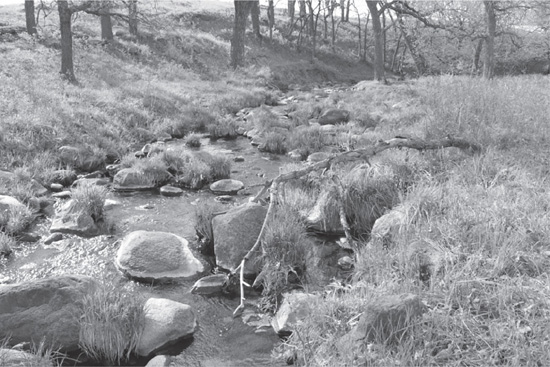
The South Dakota portion of the Upper Minnesota River Basin includes three river systems, one of which is the Whetstone River, which flows through our farm. Photo Dennis Skadsen.
I. PORTRAIT OF A FARM

A FAMILY PHOTOGRAPH

T here is no photograph of all of us together.
There is one of Helen, Patt, John, and Bill, one of those old photographs that make black and gray richer and more real than any modern photograph. The girls are standing. Their hair is in curls, their dresses tied with beautiful, plump bows. The boys are seated in front, wearing white shirts, their feet placed carefully. Helen is looking at the camera cautiously. Patt, not smiling, seems to be daring the camera to tell us who she really is. John and Bill wait obediently for the ordeal to be over.
There is no photograph of Bob and me with the others. None was ever taken. Someone told me that my grandfather had arranged and paid for the portrait of the four oldest children. Had he grown uninterested by the time Bob and I, numbers six and seven, came along? I wish there were such a photograph of all of us, not just the children, but of the adults as wellone taken, perhaps, when we were all still at home. Before Helen had left for the Twin Cities. Before Patt had begun her frantic attempt to work her way through college in three years, trying to jump-start life.
What time would I pick for such a photo? What day?
Perhaps my First Communion daythat would have been in late May 1945, when I was about to turn seven. If you ever come to these gently rolling hills in northeastern South Dakota with the farmlands nestled near two clear lakes, decorated with the twisting of the Whetstone River, late May would be the time to make the trip. After a very long, very cold winter, spring erupts in a few days. The aromas of damp earth compete and mingle with the scents of lilac, apple, and peony blossoms. In the evening after a rain, if you breathe deeply, youll become light-headed, maybe even intoxicated. Such is the sweetness of the night air.
The place for the photograph? The dining room in our farmhouse. Not a large room, and on this day, the day the photograph was not taken, almost all table. Bob and I would have stretched the table, splitting it in its middle, so we could add all the extra leaves, lining the little pegs up with the little holes, fitting them together just so, a gigantic jigsaw puzzle. Then we would have placed the protective pads on top, making sure the green felt was down, resting next to the gleaming walnut. When Bob and I finished, Mother would have dressed the table with her largest white damask linen cloth.
My grandfather Bert, the last of my grandparents and the only one I really knew, would be there, speaking with a heavy Danish accent. He died when I was thirteen, and for years I could still hear his voice in my head. When I couldnt hear it anymore, I knew I had truly lost him. My dear Aunt Marian would be there, too. She made the long drive from Pierre for every important family occasionsometimes with a blizzard hard at the bumper of her trusty 1939 Studebaker.
So, let the photographer pull back with his camera now.
There at the head of the table is my father. To his left are John, the oldest son, then Bill and Bob. Aunt Marian is next. At the other end, opposite my father, is my grandfather. On the other side, at the corner nearest the kitchen, is my mother, looking as though shes ready to spring up, having forgotten something in the refrigerator, perhaps the long relish dish, divided in three parts, with its array of her tempting homemade pickles: sliced chartreuse bread-and-butters with a few celery seeds clinging to them; deep green, sweet chunks; and (even now, as I write this, my mouth waters) her specialty, long, pale green icicles. On my mothers left are Helen and Patt. There on my fathers right I sit, still wearing my white dress and white stockings, not worried today about the possibility of my father criticizing my eating habits and table manners. Not today, with company.
My shoes are already off. The only thing Mother ever nagged me about was walking around the house without shoes. She had to work and work to get my cotton stockings clean. But I could not stand wearing shoes in the house. In Id come, off theyd go. And today, my day, I wanted my shoes off more than ever. I wanted to be white, white, white, white! Veil, dress, stockings, shoes. Not white, white, white, brown. Patts First Communion shoes were nowhere to be found (there are nine years between us), and Mother said we just could not buy white shoes for only one day or, at the most, one season. So I wore my school shoes. Under the table, no one could see that those shoes were off, my stocking feet curled comfortably around the rungs of my chair.
Next page

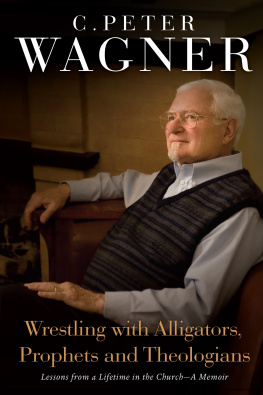
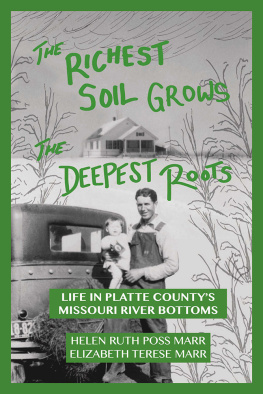
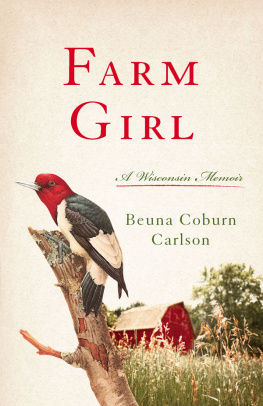
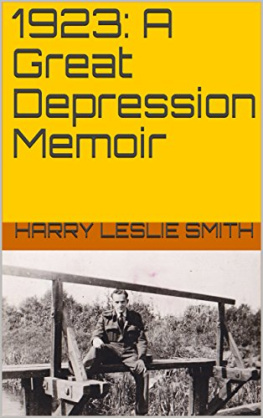
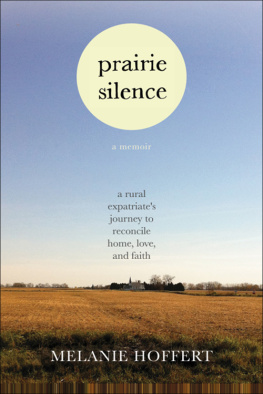

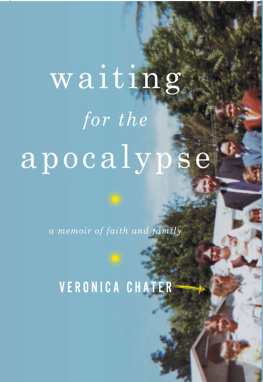



 CONTENTS
CONTENTS 



